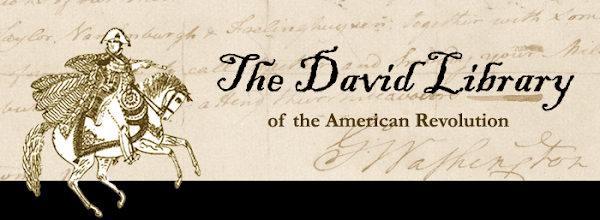Long-time Library Patron Larry Kidder has spent many years researching the life and times of the men who served in the Hunterdon County, New Jersey, Militia in our microfilm records. Over the course of his work, he has run into many challenges stemming from the nature of the source material, which was not always kept as exactly and regularly by contemporaries as historians could desire. In this installment, he takes on the particularly tricky question of tracing men who served in the militia as well as in the Continental service. Unlike the modern United States Army, the Continental Army was initially recruited for one-year enlistments from 1775 through 1777. One of the major source pools for recruits were the various county militias-- in fact, they were so important that in the second half of the war, American officials would actively draft men from the militia to serve in Continental regiments in order to meet Congressional quotas. These practices created an intricate spiderweb of documents, as well as gaps in the record, that complicate any attempt to trace a given individual's service. Thankfully, Larry provides some key insights that should smooth the path of other researchers.
WPT III
"The lack of official records relating to the New Jersey militia can cause identity problems. Since many men served at different times in both the Continental forces and the militia, it is difficult to know what the actual service of any one individual was. Was the man said to have been in the militia also the same man who served for a time in the Continentals? Even standard and highly regarded sources can lead one astray. Here is one case study – Captain John Mott."
For the remainder of Larry's entry, read below the fold.

